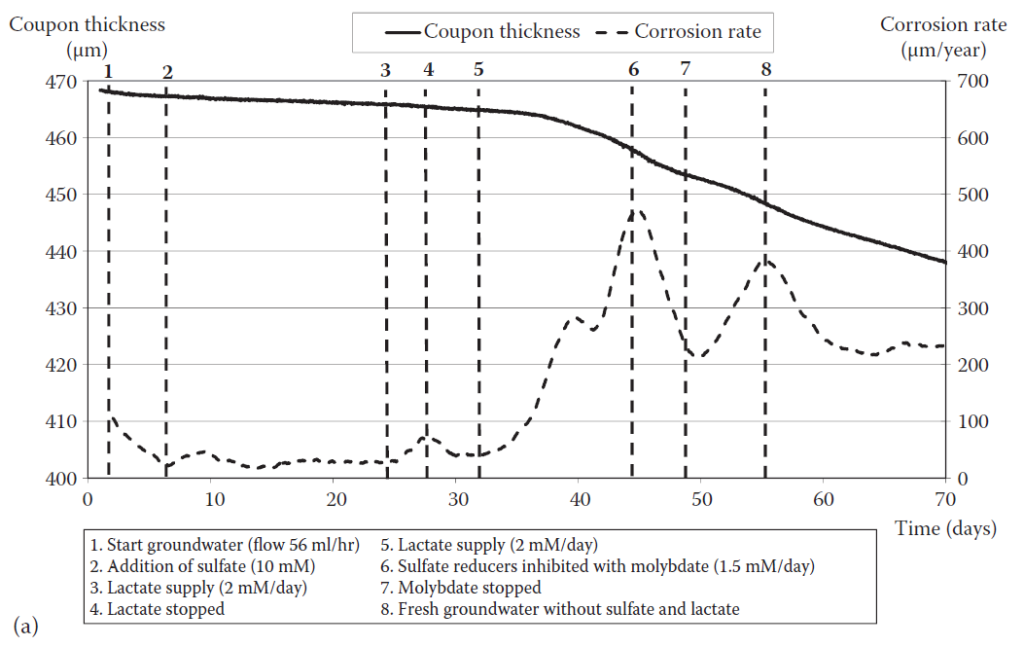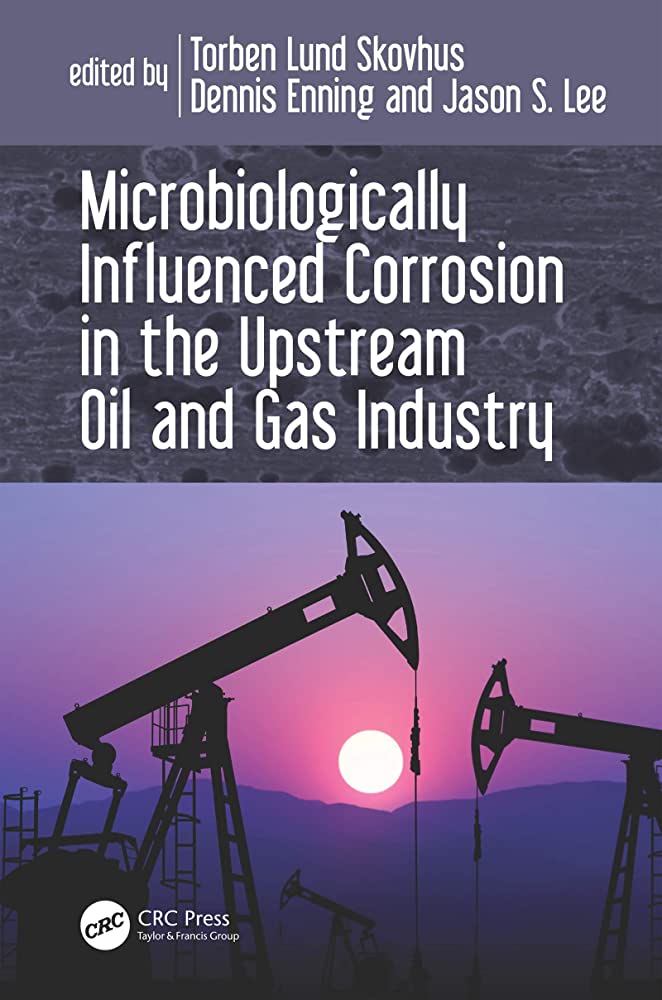We love to see our products and sensors come to good use, and a beautiful example of this (among many others) is found in the book “Microbiologically Influenced Corrosion in the Upstream Oil and Gas Industry” from 2017 edited by Torben Lund Skovhus, Dennis Enning and Jason Lee.
In the book, the authors investigate how oilfield microorganisms can affect material integrity profoundly through a multitude of elusive (bio)chemical mechanisms, collectively referred to as microbiologically influenced corrosion (MIC).
During the investigation of the problem, one of the authors – Stefan Jansen – used our ER probes when measuring the corrosion rates in groundwater.

As the graph shows, the corrosion rate:
📈 increases when stimulating sulfate reducers by adding lactate.
📉 decreases significantly when inhibiting sulfate reducers by adding molybdate.
MIC is estimated to account for 20 to 30 % of all corrosion-related costs in the oil and gas industry. Therefore, it is worth investing in products that can monitor corrosion and cathodic protection performance from afar.
Want to learn more about MIC?
Find the book here (1st edition, 2017, ISBN 9781498726566, Routledge).





